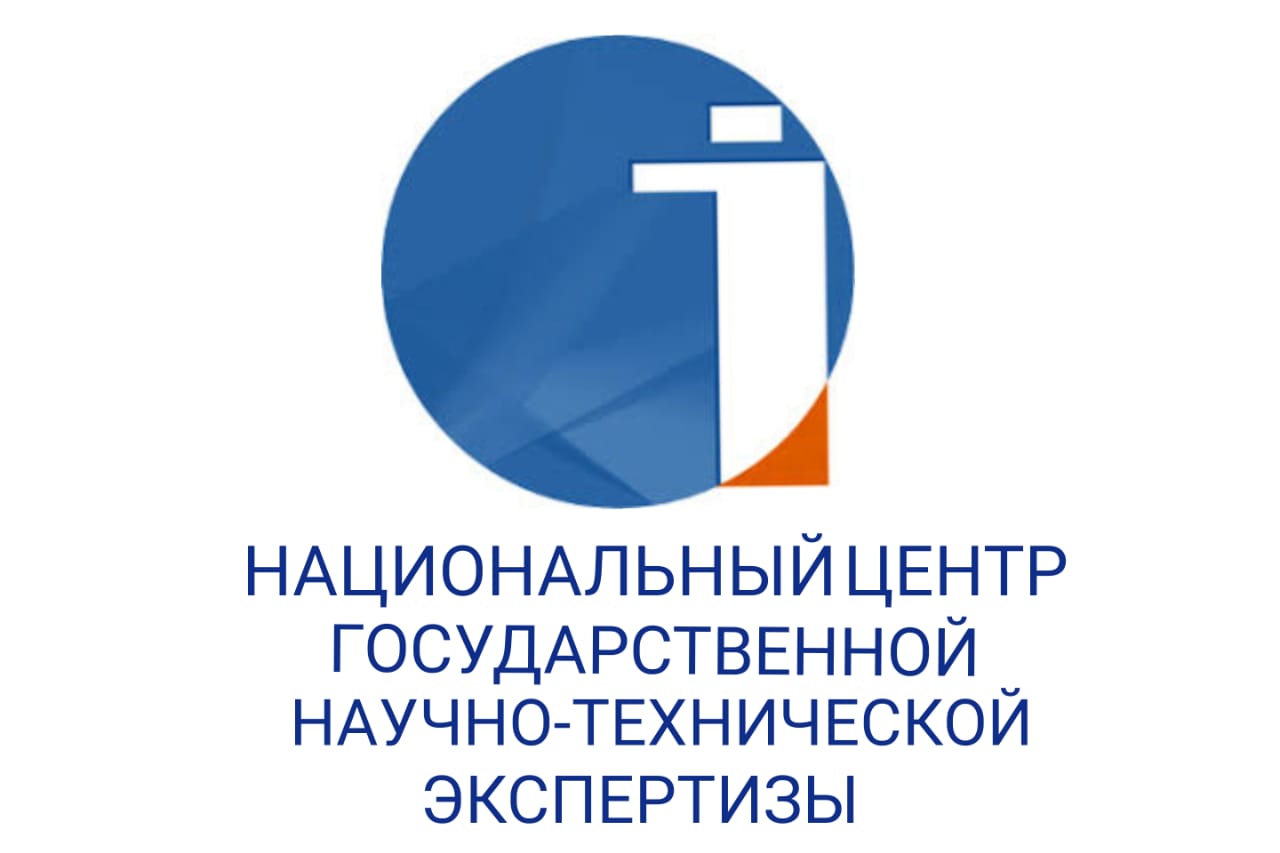ТОПОНИМЫ МОНГОЛЬСКОГО ПРОИСХОЖДЕНИЯ НА ТЕРРИТОРИИ РОССИЙСКОГО И СЕВЕРОКАЗАХСТАНСКОГО ПРИГРАНИЧЬЯ
DOI:
https://doi.org/10.48371/PHILS.2024.3.74.013Ключевые слова:
топонимы монгольского происхождения, субстрат, географическая терминология, оним, топоним, этноним, топонимический ландшафт, историко-культурный контекст, топонимический материал, топонимическая системаАннотация
А
Авторами настоящей статьи предпринята попытка произвести анализ топонимических единиц калмыцкого (монгольского) происхождения сопредельных с Казахстаном территорий Российской Федерации (Омской, Курганской и Тюменской областей). Рассматриваемая в статье территория представляет собой зону проживания многих этносов, поэтому анализ наименований географических объектов будет интересен и в плане определения разноязычных вкраплений в топонимическом ландшафте. Естественно, что основными пластами ономастической лексики представленных территорий являются тюркский и славянский, однако нельзя полностью отрицать наличие в топонимическом ландшафте присутствие монголо-ойратских элементов.
Целью статьи явилось рассмотрение монгольских субстратных элементов, представляющих собой ареалы географической терминологии или самостоятельных онимов, подвергшихся в течение длительного периода фонетической и грамматической трансформации. В процессе анализа топонимов монгольского происхождения рассматриваемых территорий были использованы наиболее приемлемые для нашего исследования традиционные приемы и методы (описательный, исторический, сравнительно-сопоставительный, источниковедческий, этимологический и др.).
Данное наблюдение обусловило актуальность исследования, заключающееся в выявлении калмыцких (монгольских) элементов в топосистемах российско-казахстанского приграничья, поскольку для любой топонимической системы, имеющей лингвокультурную ценность, важным является исследование историко-культурного контекста формирования. Таким образом, авторы приходят к выводу, что сохранившиеся наименования географических объектов монгольского происхождения свидетельствуют, прежде всего, о тесных контактах калмыков с соседствующими тюркскими племенами.
Материал исследования имеет теоретическую и практическую значимость. Исследование монгольских субстратных элементов будет способствовать пониманию этнических миграций в прошлом и процессов взаимодействия разных этносов, проживающих на приграничных территориях. Собранный материал может быть использован при составлении информационных ономастических справочников и региональных топонимических словарей. Более того, выявленные материалы и факты представляют интерес для лингвистов, историков, географов, социологов, этнографов, краеведов и педагогов.








